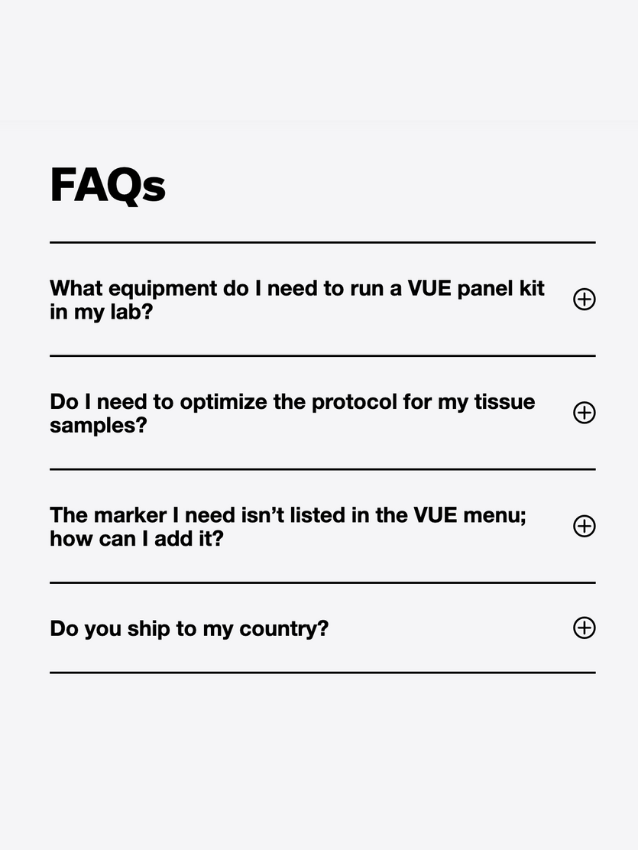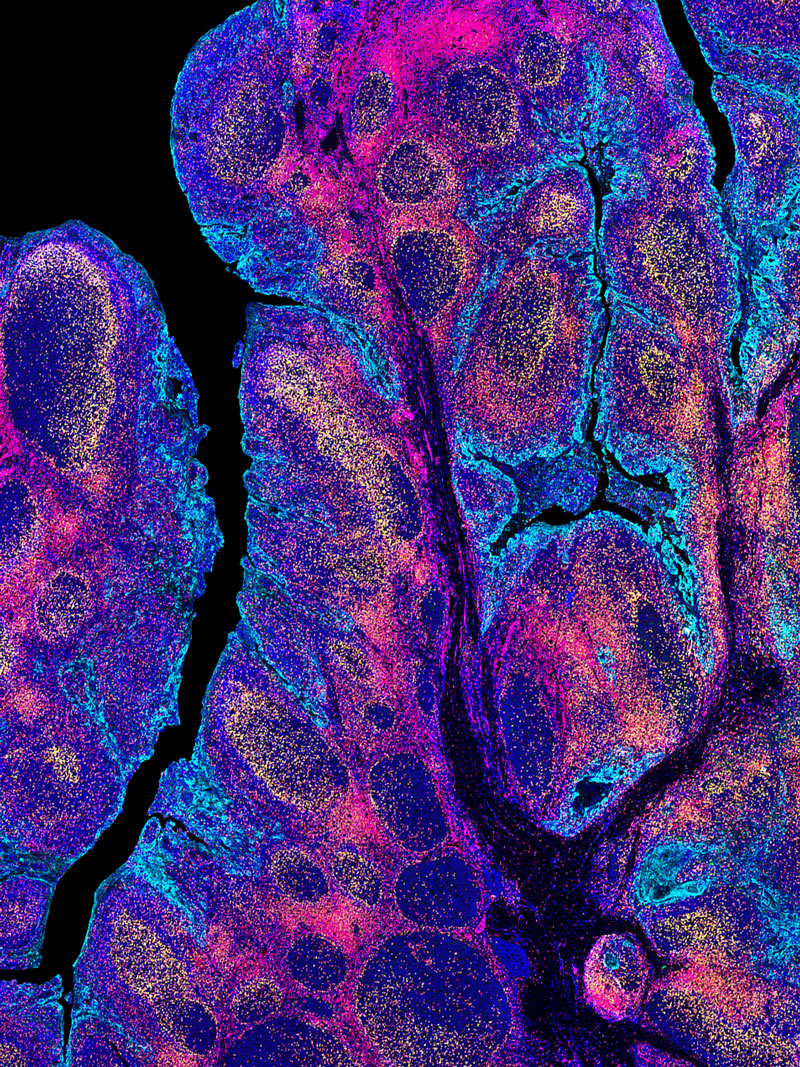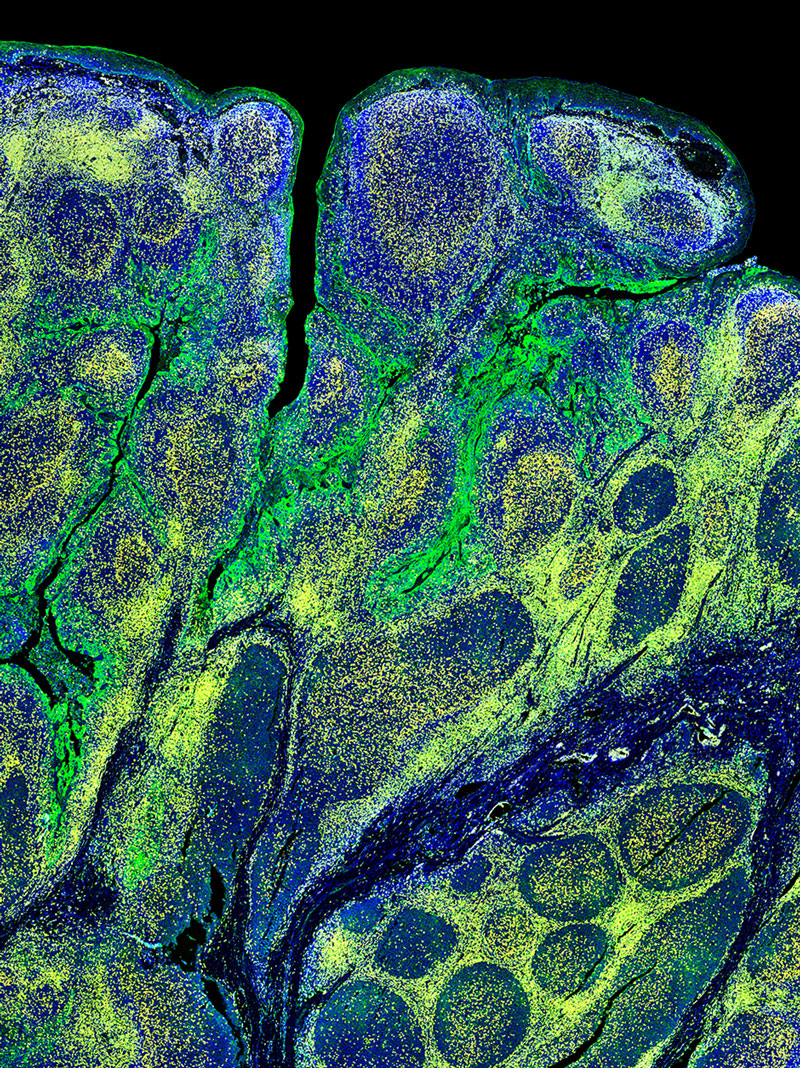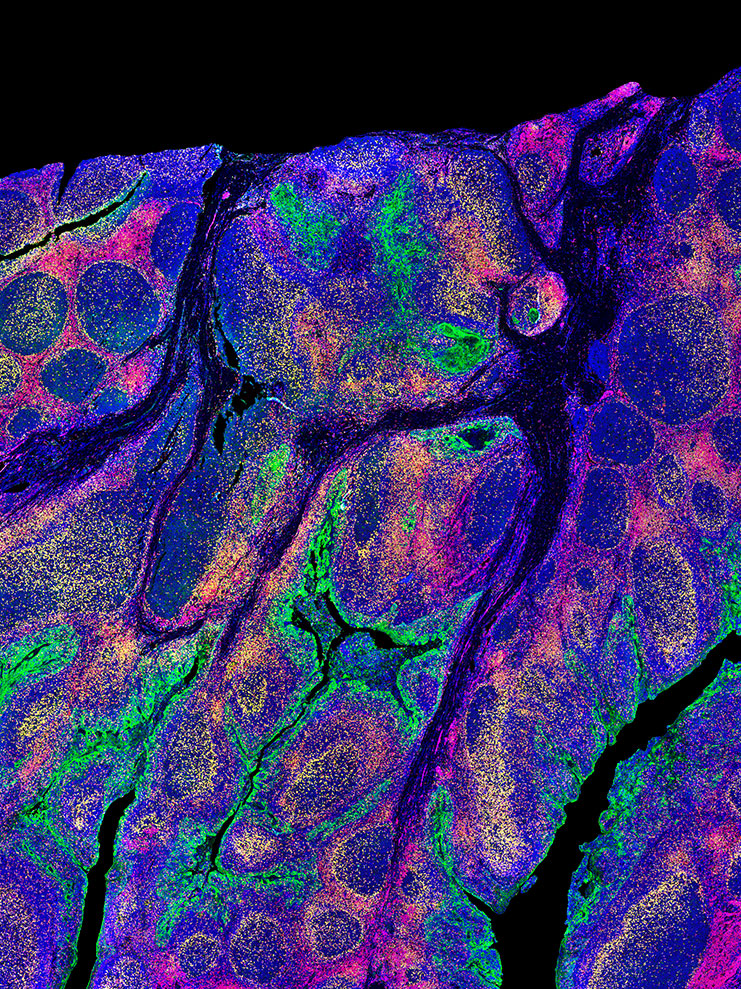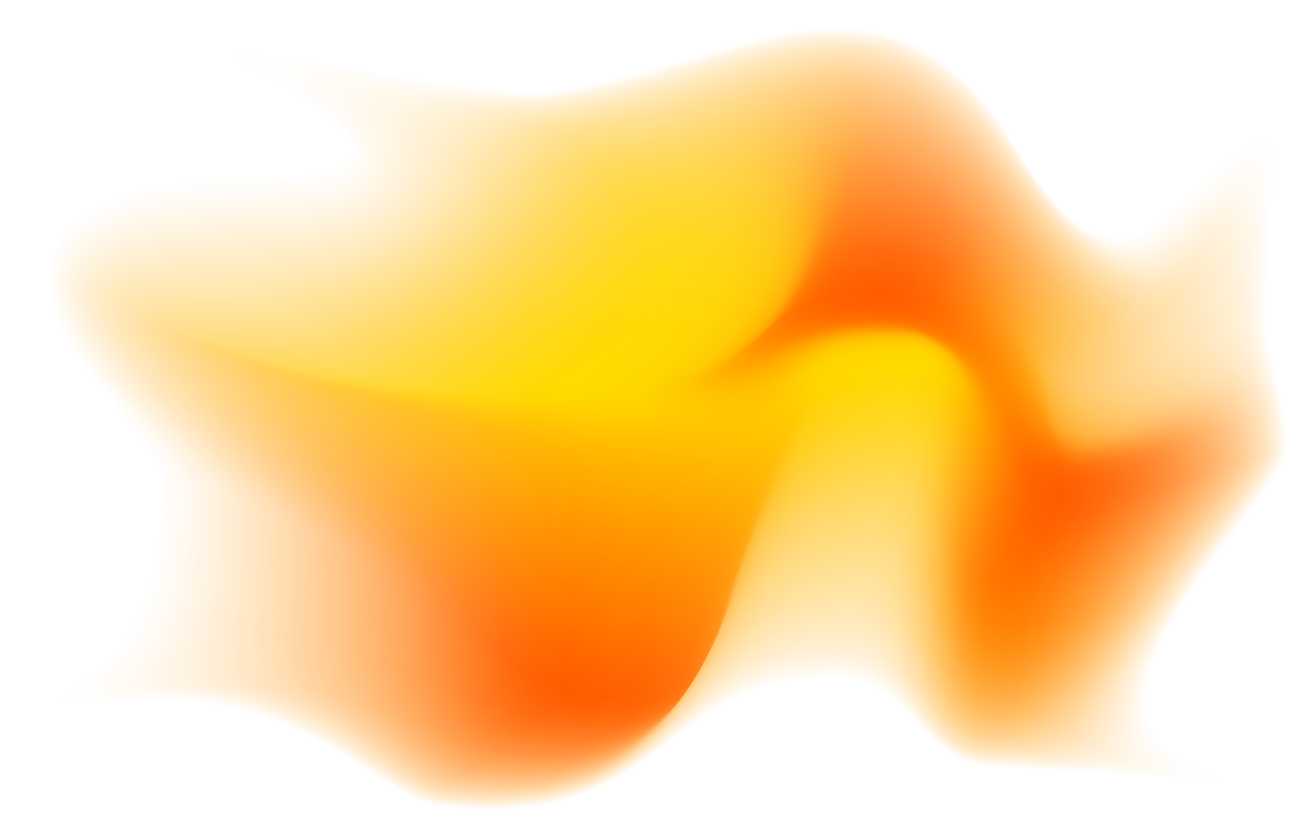
Spatial Phenomics
Spatial phenomics is the discipline of mining tissue images in their own context to identify spatial patterns that are related to clinical outcomes. It involves every step from assay development and application, scanning, image analysis and data mining.
From Assay to Data.
We are a curious, precise, rigorous, and helpful partner in spatial phenomics across the entire workflow from assays to data.
Bridging translational research and diagnostics
With an extensive menu of markers and panels you can select between 4 – 12 markers to efficiently test and iterate on several hypotheses quickly and robustly.
High plex assays help you show feasibility and identify the most relevant biomarkers to move into the next stage of the pipeline, where you can expand the number of cases and reduce complexity to those most relevant for a larger study.
In the ideal case, the biomarkers can be even further reduced by applying the algorithms developed at the earlier stages to H&E or IHC stained samples as the project moves towards a potential diagnostic application.
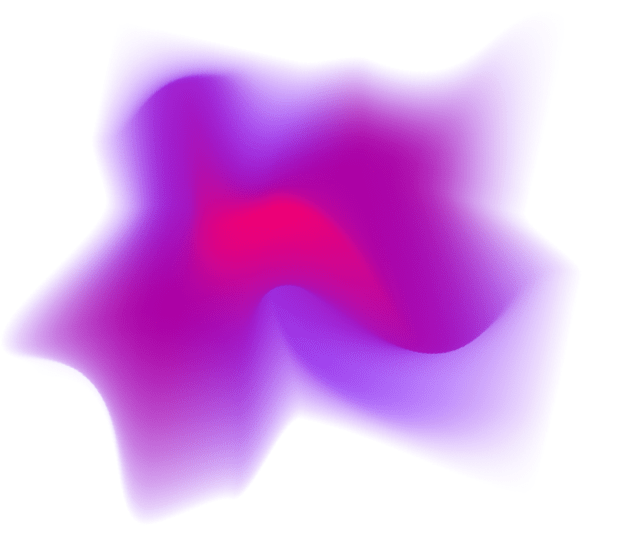
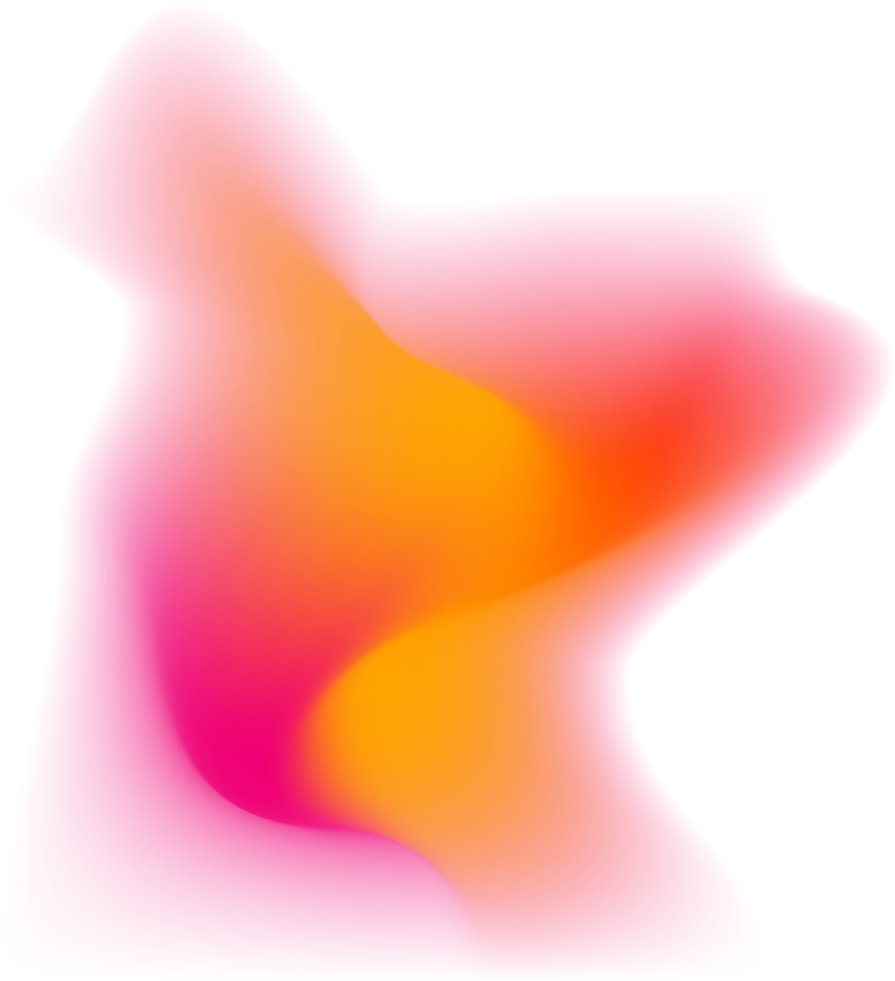
Application Spotlight




